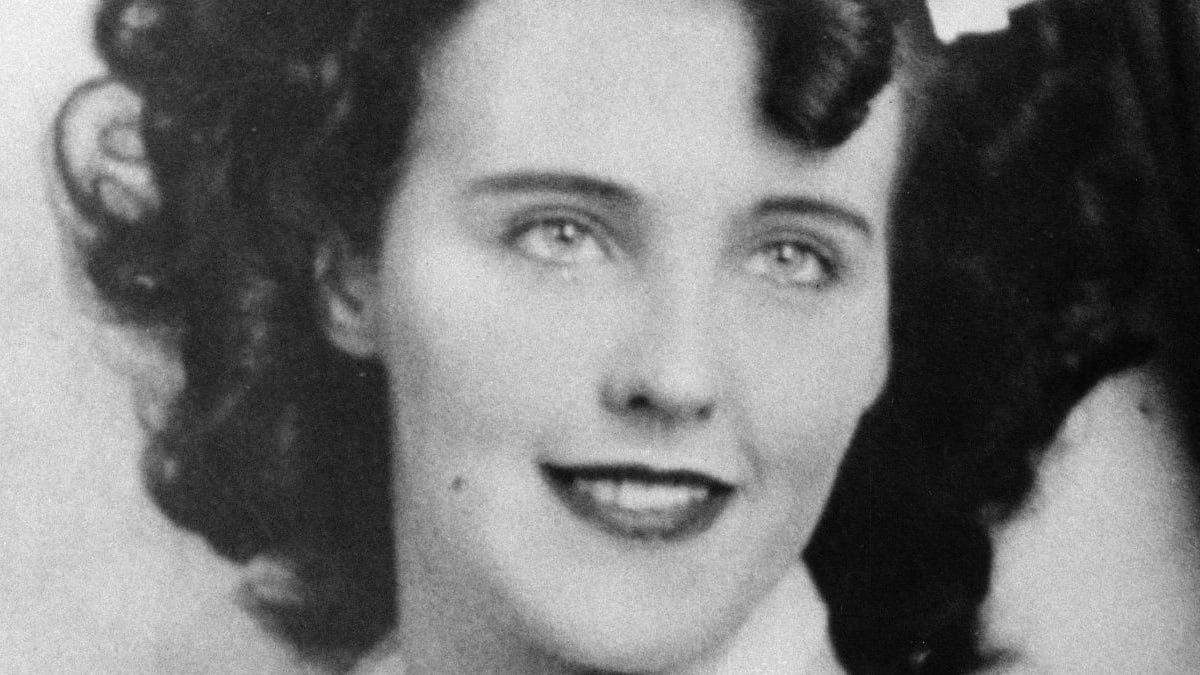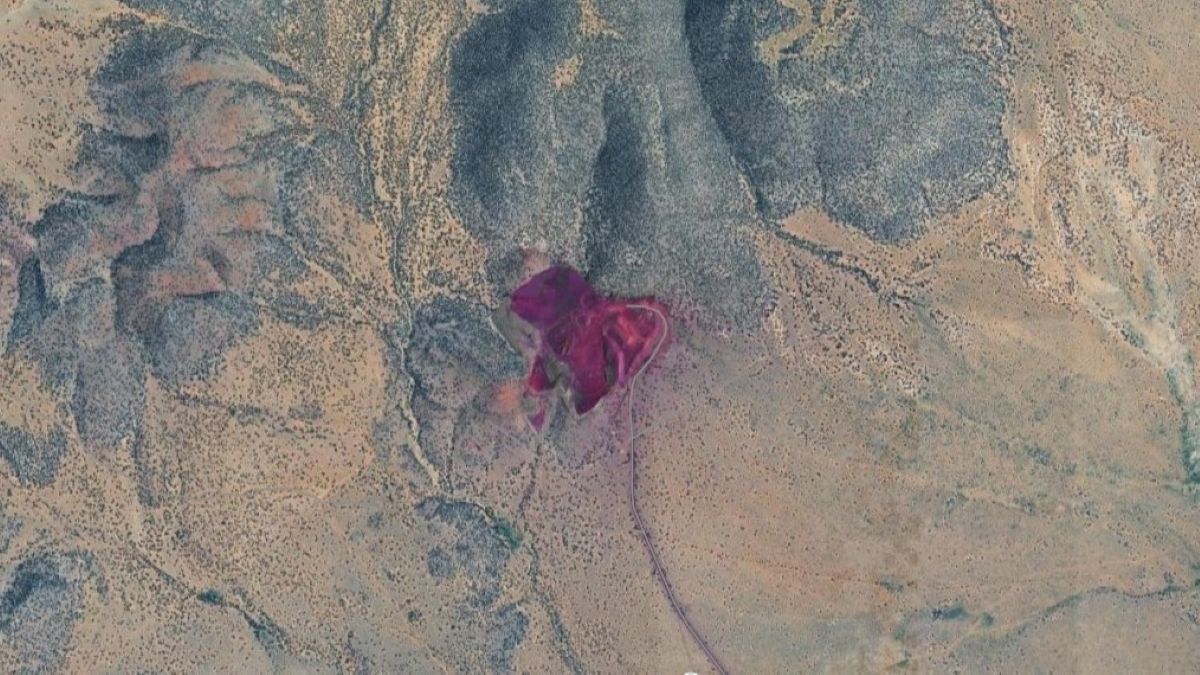On the morning of Jan. 15, 1947, Betty Bersinger was walking her baby daughter in a stroller in Los Angeles when she spotted something peculiar lying on a vacant lot.
Initially, she thought it was a discarded mannequin, but upon closer inspection, she realized that she was looking at a naked woman’s mutilated body. The body would later be identified as Elizabeth Short, or the Black Dahlia.
Authorities quickly descended to the crime scene and the deceased’s fingerprints were sent to the FBI for identification. At that time, the FBI had an extensive database of 100 million fingerprints, and the victim’s prints were matched with two records for the same individual from 1943. The first was from a job application at the Army’s commissary, while the second was from an arrest for underage drinking. There was also a mugshot that accompanied the arrest record. With the confirmation of the fingerprints and the photos, the victim was identified as 22-year-old Elizabeth Short.
The case’s extensive media coverage
After the discovery of Short’s remains, multiple newspapers ran stories about the case. The murder garnered media attention because of its gruesome nature. However, some reports included statements that were not substantiated or were completely untrue, perhaps done as a tactic to sensationalize the story and sell more newspapers. One rumor that many believed was that Short was a sex worker, which wasn’t true. The case was so well-known at the time that even some criminals wanted to be part of it; several people falsely confessed to the crime just to gain notoriety. Hundreds of suspects were interviewed, but the case remained unsolved and it eventually went cold.
Where did the “Black Dahlia” nickname come from?
One of the common misconceptions about the case is that journalists coined the “Black Dahlia” nickname. They referred to Short in newspaper articles as such because she reportedly always wore black clothing or had a dahlia flower on her hair. However, the fact was that Short already had that nickname several months before she was murdered. Initially, the Herald-Express newspaper referred to the crime as the “Werewolf Murder” in the early stages of the investigation, but the name didn’t catch on. They later changed it to the “Black Dahlia” after a few days.
Journalist Larry Harnisch shared how Short got the nickname. She was a regular at a drugstore in Long Beach, and the other patrons there started calling her the Black Dahlia because of her good looks and striking dark hair. It was a play on words from the movie The Blue Dahlia, which was released in April 1946.
The case today
There have been a few individuals suspected to have committed the crime throughout the years. One of the well-known suspects was George Hodel, a prominent Los Angeles doctor. The Los Angeles Police Department (LAPD) conducted an investigation into Hodel, and his house was even bugged. George’s own son, Steve Hodel, believes his father was the killer.
Steve was just a young boy when the Black Dahlia murder happened, but he worked as a homicide detective for the LAPD for almost two decades. It was after his retirement that he decided to look into Short’s case after finding a photo of a woman that looked like the Black Dahlia among his father’s belongings. He discovered that there was, indeed, an investigation on his father that was in the district attorney’s files. However, the investigation was shut down in 1950 because of a suspected payoff and coverup. To this day, the Black Dahlia’s case remains one of the most famous unsolved murders.











Published: May 30, 2024 06:40 pm